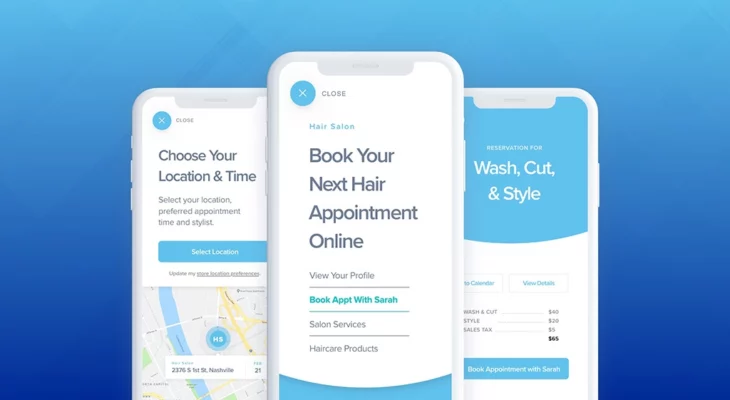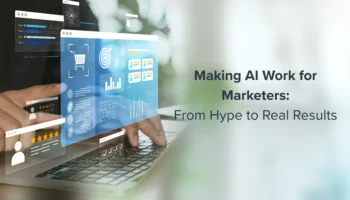We may only be a couple months into 2020, but we’re already well underway with making predictions and gathering insights about the decade that lies ahead — especially in terms of the future of marketing. Mid-January, the National Retail Federation (NRF) kicked off their 2020 Vision conference. Leading brands presented their outlook on what will change in the twenties and beyond, and how their brand is specifically leading that change with in-person experiences. This is only the beginning of collaborative learning and insights bound to surface in the coming months of conferences and shows.
At Blueshift we’re thrilled to hear that even more brands are talking about data activation and how properly utilized customer data can create amazing customer experiences. An emerging trend in marketing is the concept of using online (or digital) data to influence in-person experiences. Physical interactions are the new frontier of data activation — the next 10 years will be chock full of brands realizing the full potential of connecting digital data to more traditional avenues. While there’s so much innovation that’s yet to be realized, there are already several ways companies can utilize online data for in-person experiences.



